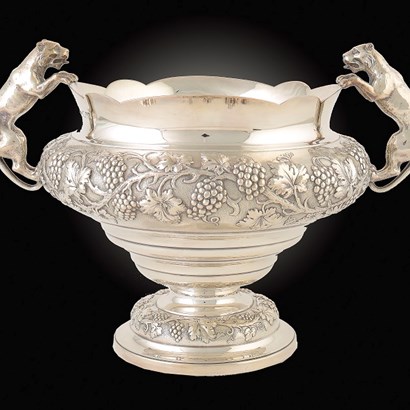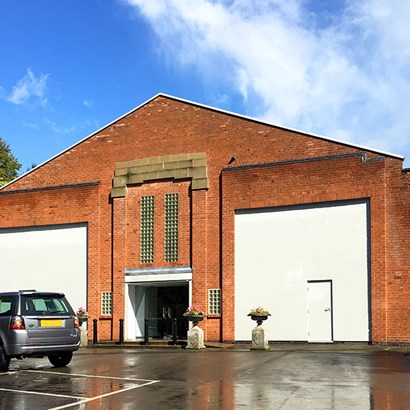Auction Insights
A Magnificent Man in His Flying Machine

His fearless exploits and seemingly invincibility in the air made his death all the more shocking. But Captain Albert Ball had cheated death a few months earlier, not in combat but in the skies over Nottingham.
In answering the day’s crop of ‘what’s it worth’ emails recently, the subject of one was a Victorian brass skeleton clock. Not an actual skeleton of course, but a type of ingenious case-less brass clock, under a big glass dome. Not the easiest item to move, I volunteered to go and see it. It transpired that the local owner was a charming elderly lady whose son had contacted Mellors & Kirk on her behalf.
Rather like a prospector panning for gold in a stream, I’ve learned not to dismiss odd or even bizarre passing remarks about the history of a place. That’s why when I heard that she had an aeroplane propeller that had “belonged to Captain Albert Ball”, I was intrigued. It was swiftly extracted from its resting place under the bed.
The propeller is surprisingly small, a beautiful piece of mahogany that still bears the green transfer of its makers, the impressively named British and Colonial Aeroplane Company of Bristol.
Captain Albert Ball, VC who is described by Alan Clark (1928-1929) in Aces High as “the perfect public schoolboy” was the baby-faced fighter pilot who chalked up a phenomenal list of ‘kills’ before his luck finally ran out when he crashed over enemy lines in May 1917. He was aged 19.
The relic has a cast-iron provenance. I listened to the owner explain how nine year old Bill Ash (1907-2002) of Lenton and his father were walking in the woods and fields near Harrison’s Plantation Nature Reserve to the north of Wollaton Park when they heard an aeroplane overhead. On seeing it crash-land they ran the hundred yards across a ploughed field to find Albert Ball standing beside the wreckage of his single seater aircraft. Bill’s father, an estate worker, whose job involved taking gifts of game to the Ball family home immediately recognised him. To make sure he wasn’t concussed Mr Ash enquired “Is that you young Mr Albert?”
Bill’s father then enquired whether he might take a piece of the wreckage of a memento. Albert Ball, clearly irritated at having crashed retorted “You can have the whole b….. lot”. Later that day a lorry arrived and the wreckage was taken away.
So delicate its appearance and beautifully made by hand, one would think the propeller came from a toy or model aeroplane. The 107cm blade sheared off on impact. The contrast in its condition is striking. One face, as good as the day it took to the air, the other splintered and jagged.
More poignant an artefact of one of England’s greatest heroes of the skies would be hard to imagine. It can also be seen as metaphoric, symbolising a generation of young men mown down in their youth, more vividly than a memorial.
When he crashed at Wollaton Captain Ball was piloting a Bristol Scout aeroplane. First flown in 1914 it was quickly superseded and withdrawn from active service in mid-1916. It was afterwards used for training purposes or as, on this occasion, by the pilots for ‘jaunts’.
The aircraft flew at an average speed of 130 miles per hour and took 19 minutes to attain an altitude of 15,000 ft. Of the 374 Bristol Scouts built none survive. The propeller is currently on view at The Auction House and will be sold in the New Year. The estimate is £1000-1500.
< Back to Auction Insights



